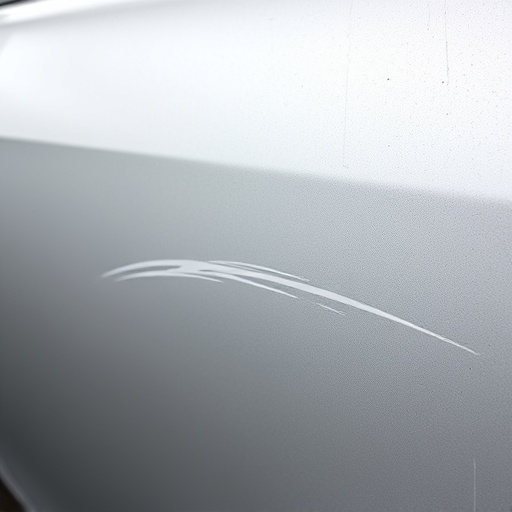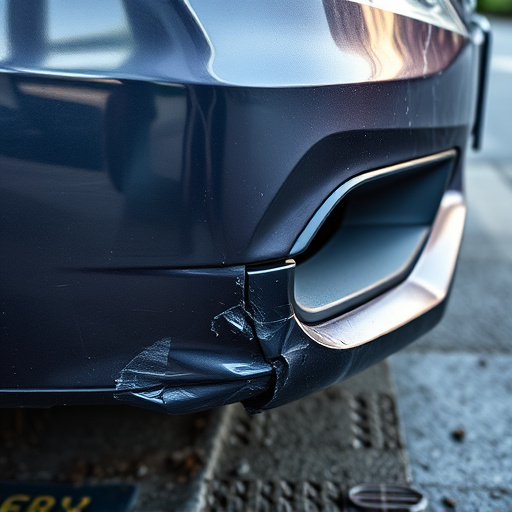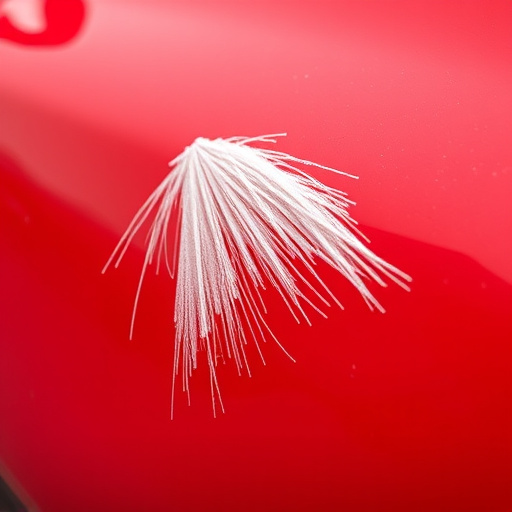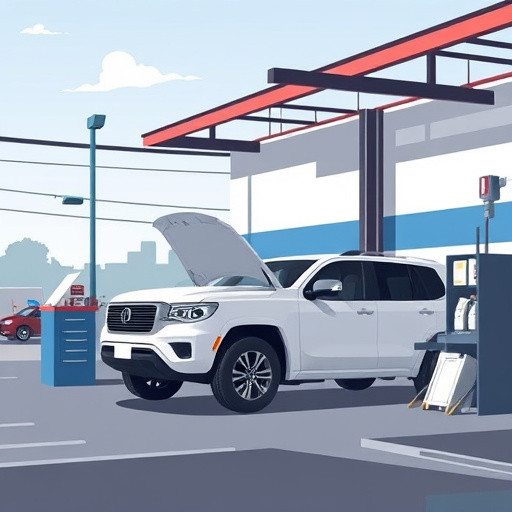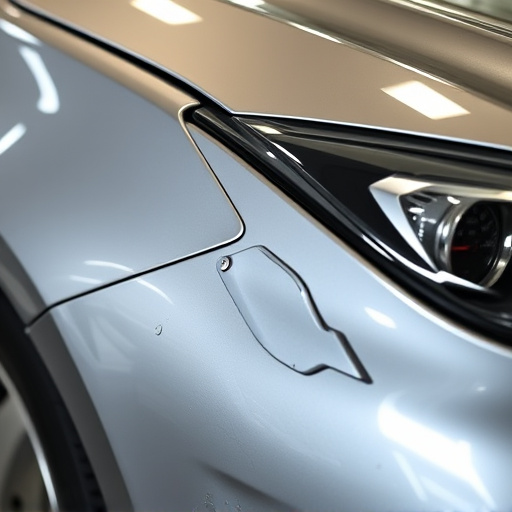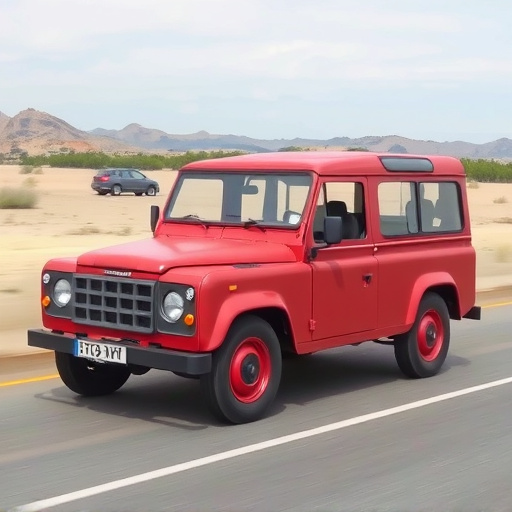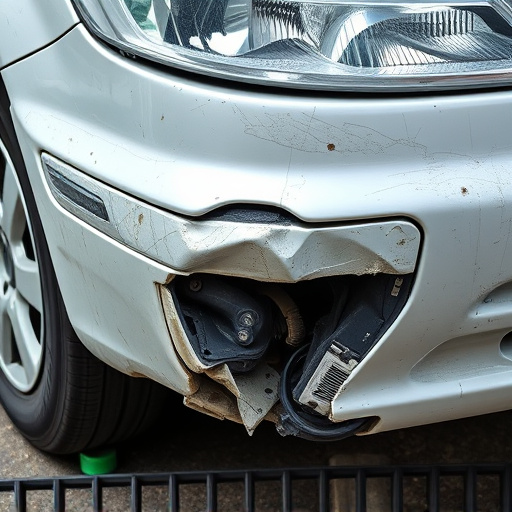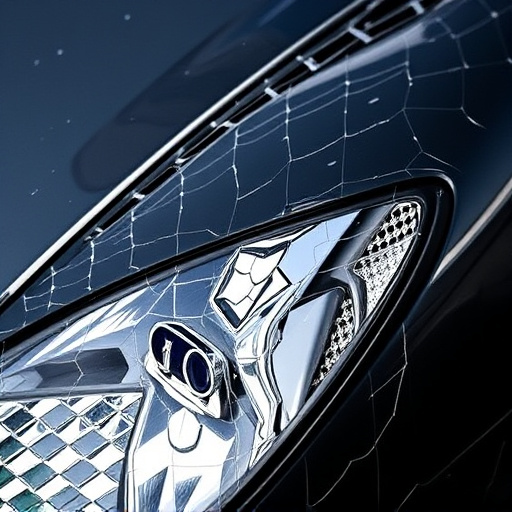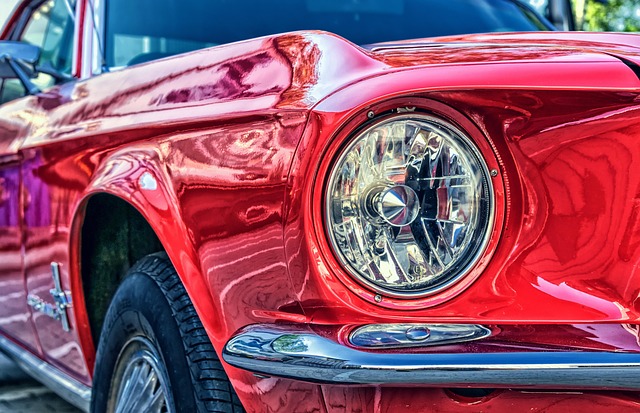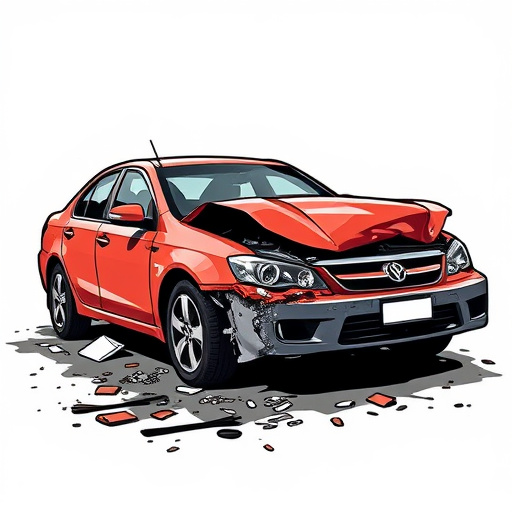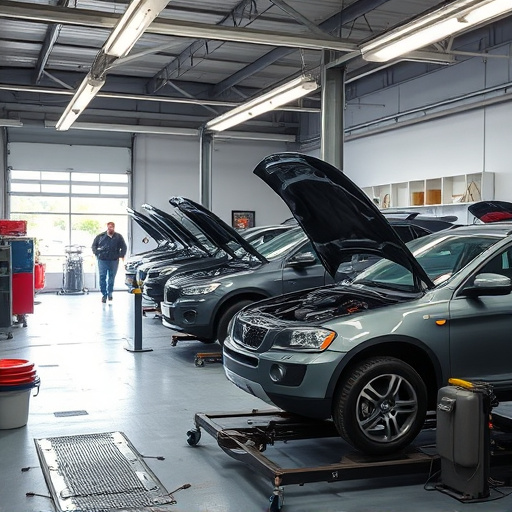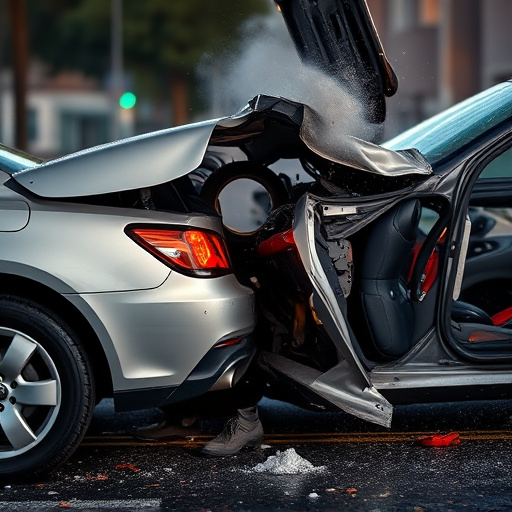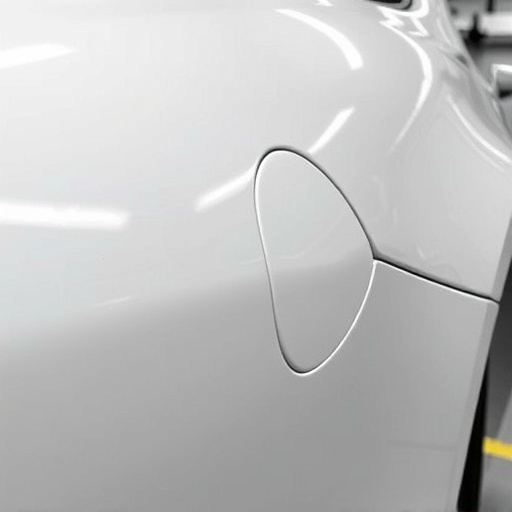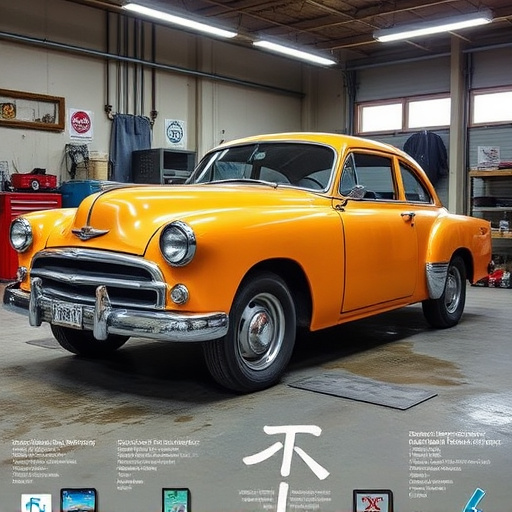The growing popularity of SUVs has led to increased demand for specialized crash repair services due to their complex design and safety features. Auto repair shops need to invest in specific tools, training, and technicians skilled in tire services, paintless dent repair, and auto glass replacement for SUVs, maintaining structural integrity and performance after accidents. Standardizing SUV crash repair practices across shops is crucial to enhance safety, ensure consistent repairs, and build consumer trust.
In today’s automotive landscape, the demand for SUV crash repair services is on the rise as these vehicles become increasingly popular. However, repairing SUVs presents unique challenges due to their complex design and safety features. This article explores why standardizing SUV crash repair practices in shops is crucial for ensuring optimal safety and effective repairs. We delve into the growing need, navigate the specific challenges, and emphasize the benefits of adopting consistent repair methods for better overall safety.
- Increasing Demand for SUV Safety Repairs
- The Unique Challenges of SUV Crash Repair
- Standardizing Repair Practices for Better Safety
Increasing Demand for SUV Safety Repairs
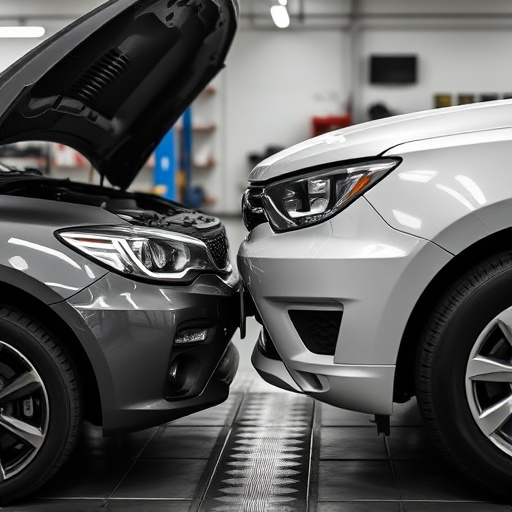
The demand for SUV crash repair services is on the rise as more drivers opt for these versatile vehicles. SUVs, known for their robust design and increased passenger safety, are now a preferred choice for many. However, this trend presents unique challenges when it comes to repairs after accidents. As SUV models continue to evolve with advanced safety features and complex designs, specialized knowledge and equipment become essential for effective crash repair.
The need for standard SUV crash repair in shops is evident due to the growing complexity of modern vehicle structures. Unlike conventional cars, SUVs often incorporate heavier materials, advanced airbag systems, and sophisticated body panels, making repairs more intricate. This demand requires auto repair shops to invest in specialized tools, training, and technicians proficient in handling tire services, paintless dent repair, and auto glass replacement specific to SUV models, ensuring not only structural integrity but also maintaining the vehicle’s overall safety and performance.
The Unique Challenges of SUV Crash Repair
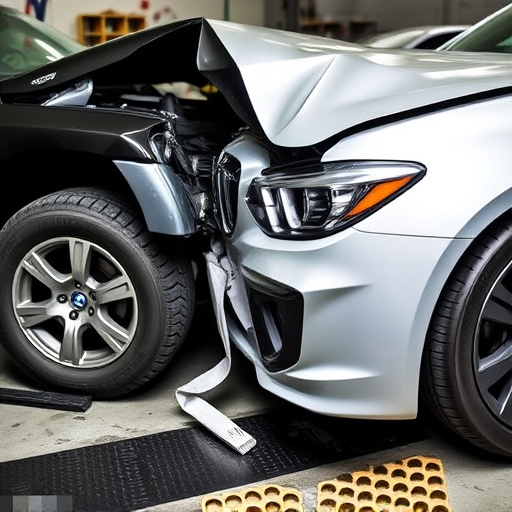
SUV crash repair presents a unique set of challenges compared to regular car models. One of the primary difficulties lies in the vehicle’s structure and design. SUVs are often heavier, with more robust frames and elevated bodies, which can complicate the repair process. After a collision, these features may require specialized tools and techniques for safe disassembly and reconstruction. The increased size and weight also mean that repairs need to be precise to maintain the original structural integrity and safety standards.
Moreover, luxury vehicle repair specialists must consider the aesthetic details that set SUVs apart from their more conventional counterparts. Bumps, dings, or scratches on an SUV’s distinctive exterior can significantly impact its resale value. Hail damage repair, for instance, demands meticulous attention to restore the vehicle’s original finish and appearance. Car body repair techniques in these cases should be advanced enough to match the precision of factory-standard work, ensuring the SUV not only drives safely but also retains its luxurious appeal.
Standardizing Repair Practices for Better Safety
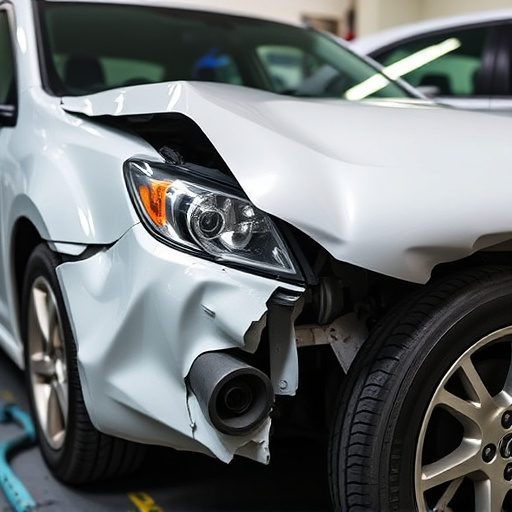
Standardizing SUV crash repair practices across auto repair shops is a crucial step towards enhancing safety for all road users. Currently, varying levels of expertise and equipment in car body repair contribute to inconsistent outcomes after a collision. This inconsistency can lead to subpar repairs that compromise the structural integrity of SUVs, leaving drivers and passengers at risk during future accidents. By establishing uniform standards for SUV crash repair, shops can ensure that every vehicle receives the meticulous attention it deserves, regardless of the severity of the incident.
Implementing these standards would involve training mechanics in specialized auto repair services tailored to the unique construction of SUVs. This includes mastering techniques for fender bender repairs and comprehending the intricate systems that make up modern SUV body structures. Such standardization will not only boost safety but also foster trust among consumers, who can be confident that their vehicles are being handled by professionals who understand the intricacies of SUV crash repair.
As we’ve explored, the demand for SUV crash repair services is on the rise due to these vehicles’ increasing popularity. The unique challenges posed by SUVs, such as their complex designs and specialized components, require skilled technicians and advanced equipment. Standardizing repair practices across shops will ensure consistent quality and safety, addressing potential risks associated with non-uniform repairs. By embracing standard SUV crash repair protocols, automotive facilities can contribute to improved vehicle safety and customer satisfaction in this evolving market.

